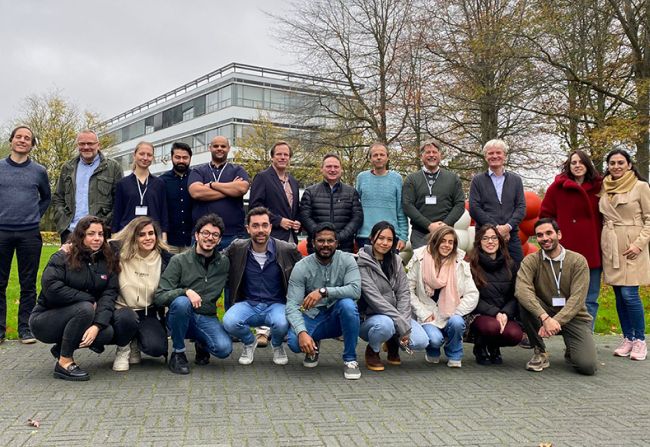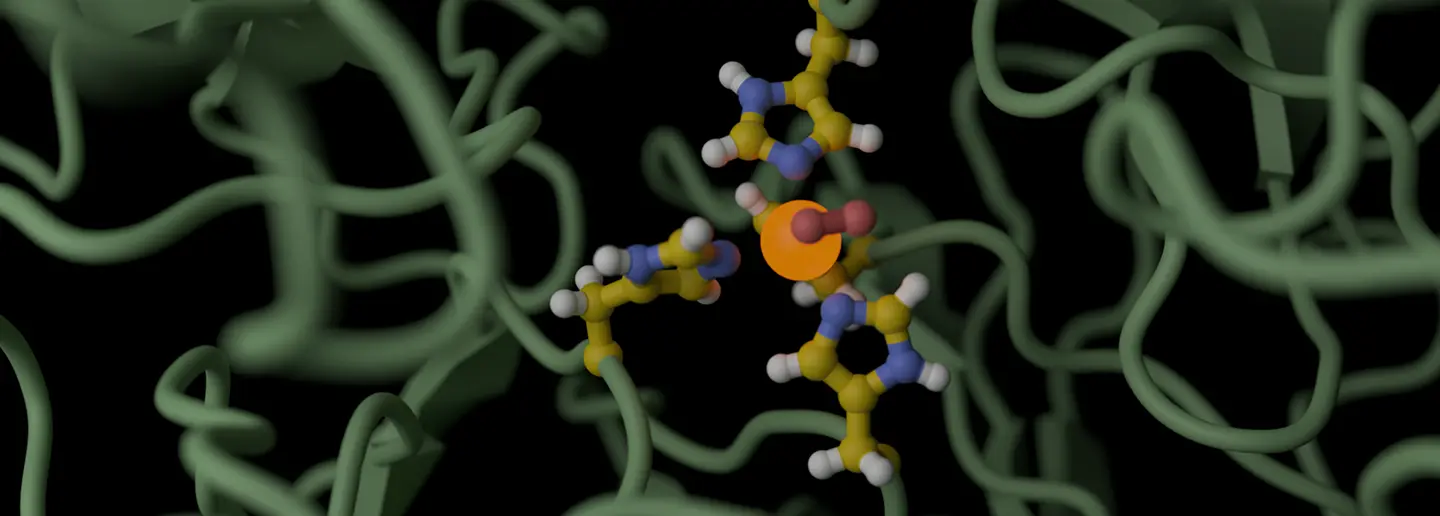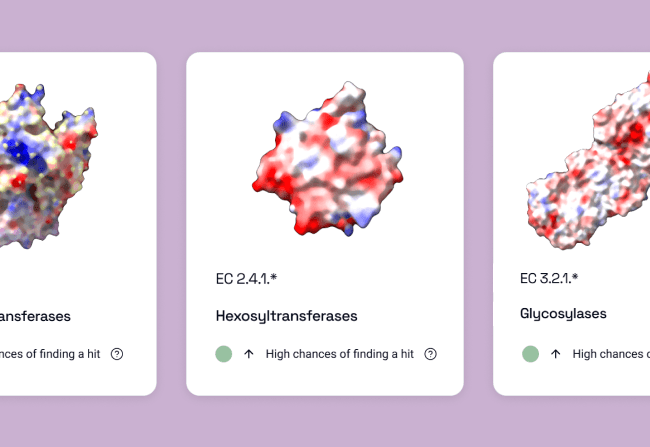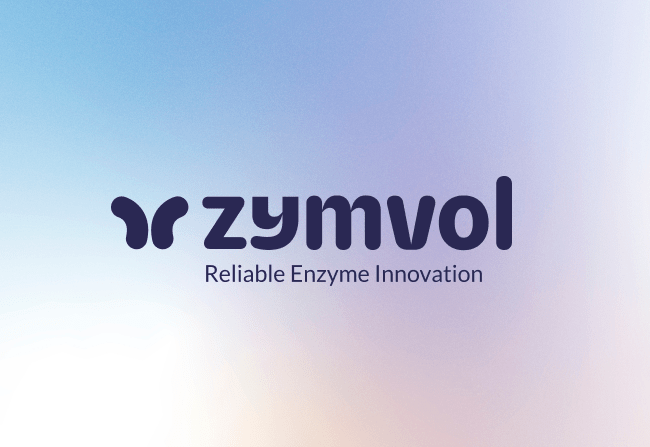February 3, 2025
Bioinspired Medical Devices? Why we’re training Next-Gen Researchers with BioInspireSensing

In 2021, we welcomed to our team Mahdi Hassankalhori, a Master student from the University of Padova.
Mahdi was one of the 11 Early Stage Researchers (ESRs) that, for the next four years, would be working with top academic institutions, leading companies, and renowned industry experts across Europe brought together by BioInspireSensing, an European project to advance research on bioinspired, implantable sensor development.
Keep on reading to learn more about the project achievements, what the future holds for bioinspired medical devices and how innovation is fueled by the opportunities we give to our youngest researchers!
Innovative biosensors
The BioInspireSensing (Marie Skłodowska-Curie initiative, grant No.955643) was created with the goal of training the next generation of scientists in the development of cutting-edge bioinspired implantable sensors, using hybrid materials that not only enhance performance but also meet the critical demands of safety and biocompatibility.
By integrating the functional properties of ion channels with synthetic biopolymers, the network has pioneered the creation of biocompatible, bioresorbable sensors designed for use in the human body, with the long-term goal of eliminating the need for surgical extraction after their use.
The innovative biosensors leverage biomimetic lipid membranes incorporating ion channels as functional components as well as other proteins capable of measuring pressure, temperature and acidity within the body, among other biomolecular analytes.
Project achievements
During its 4-year span, the project provided significant insights into ion channel proteins by designing, characterizing, and selecting new ion channel ASIC1a mutants for pH sensing and ion channel TRPM8 mutants for temperature sensing. It optimized the integration of specific ion channels into biomimetic membranes.
Additionally, a biomimetic platform was successfully developed to support 3D cell spheroid cultures under perfused conditions, simulating in vivo environments. This platform represents a valuable tool for preclinical sensor validation, with potential applications in research on diabetes, kidney disease, and tumor microenvironments.
Moreover, the project achieved the development of a cholesterol peptide-based recognition system, alongside other biosensors and immunosensors utilizing functionalized carbon quantum dots. These systems enable the detection of analytes such as dopamine and biomarkers for early thrombosis detection, and demonstrated strong potential for assessing sensor functionality and reliability.
What Future Research can we expect?
The BioInspireSensing has represented a major step forward in medical sensing technologies, with exciting implications for future healthcare innovations. Thanks to this, we can look forward to future research focused on:
-
- Enhancing the sensitivity and specificity of ion channel-based sensors for broader biomedical applications. Further optimization of biomimetic membranes and 3D culture platforms could enable more accurate modeling of complex physiological environments, improving disease modeling and drug screening capabilities.
-
- The expansion of functionalized nanomaterials may enable advanced multiplexed sensing technologies capable of detecting multiple biomarkers simultaneously. Monitoring biomarkers such as pressure, pH, and temperature can aid in diagnosing diseases, tracking treatment progress, and preventing complications like infections in implants or wounds.
-
- Real-time sensing of tumor acidity and wound pH could improve treatment strategies, while resorbable sensors simplify clinical applications by eliminating the need for removal. This could be particularly impactful for early disease diagnosis, personalized medicine, and continuous health monitoring.
-
- The integration of these biosensors with wearable or implantable devices. This represents an exciting prospect for real-time, in situ monitoring of physiological parameters, paving the way for transformative advances in diagnostic and therapeutic technologies.
Training the next generation of researchers
If there’s something all BioInspireSensing beneficiaries and partners can feel proud of, is that not only have we been able to play our part in strengthening Europe's position as a global leader in medical technology innovation; we’ve also been able to provide unique training opportunities for young researchers, equipping them with the skills and experience needed to make significant contributions to the medical device and biotechnology sectors.
By providing interdisciplinary hands-on training in biochemistry, materials science, and engineering, alongside soft skills development, we hope we’ve been able to help them prepare for a life-long, impactful career in academia and industry.
More information
For detailed project outcomes and publications visit: BioInspireSensing Website
You might be interested in
Start your Evolution
Create new products and processes, adapt existing ones or develop completely new biochemistry. Zymvol is here to guide you in any stage of your journey.
Go to solutions





